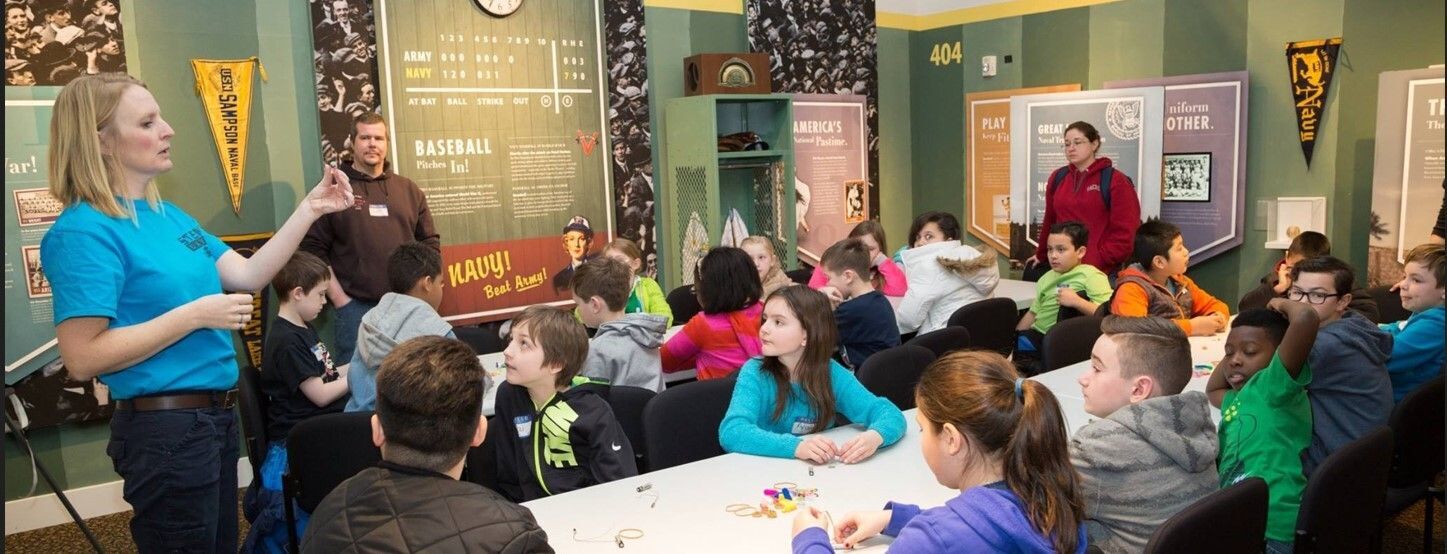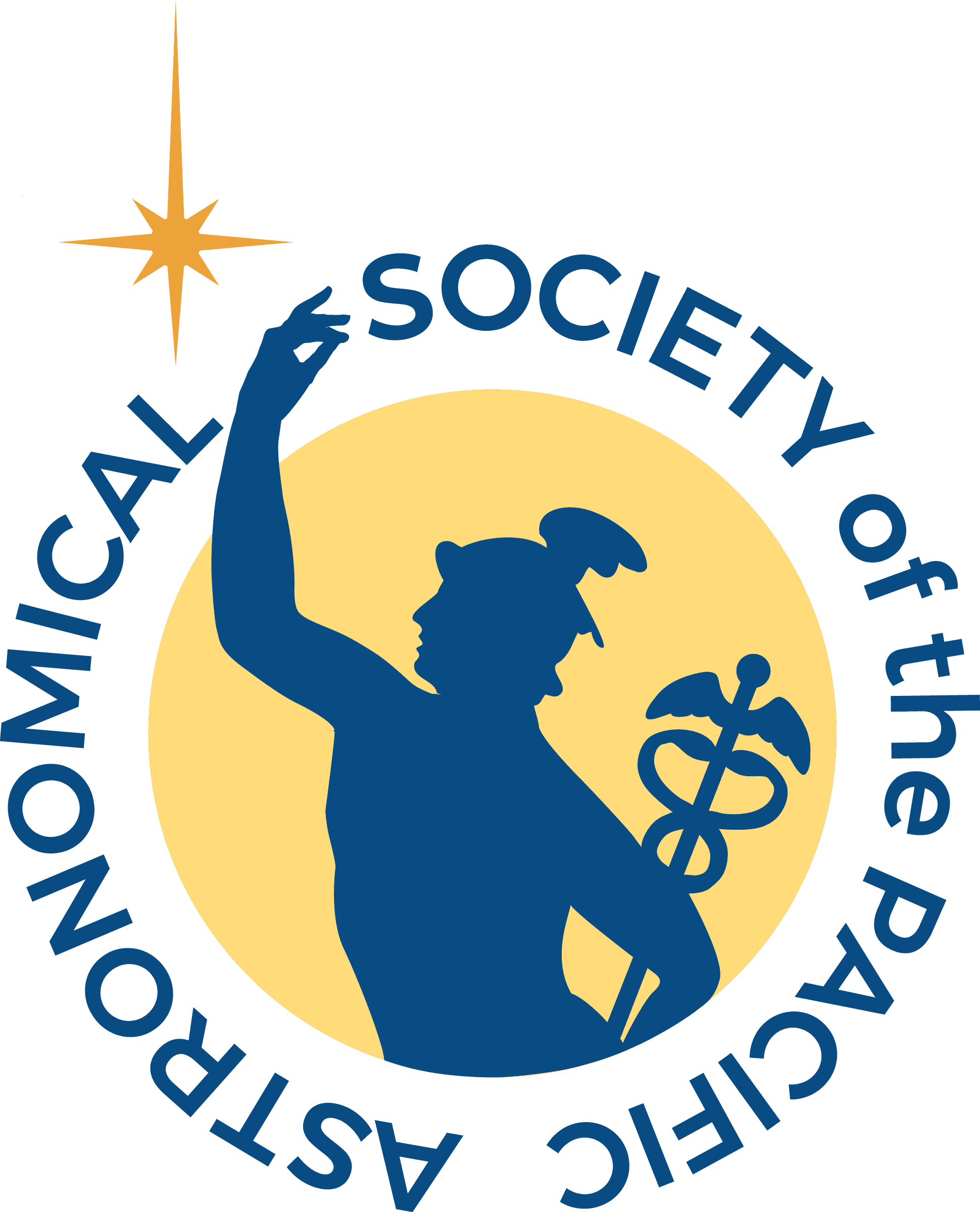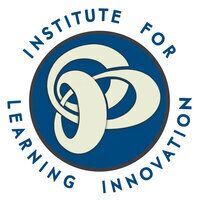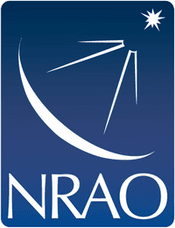Scientists and science communicators who lead public engagement events often ask themselves:
“How do I know if they are getting it? Are they with me? Am I making a difference?”
Through ongoing development, research, and evaluation, the On-the-Spot Feedback (OTSF) Project has piloted and refined questioning tactics to make audience beliefs, knowledge, and perspectives visible. These tactics spark curiosity and give scientists a better understanding of the audiences they engage. The approach also helps scientists make “on-the- spot” adjustments to engagement activities and - most importantly - encourages meaningful interactions between scientists and the public.
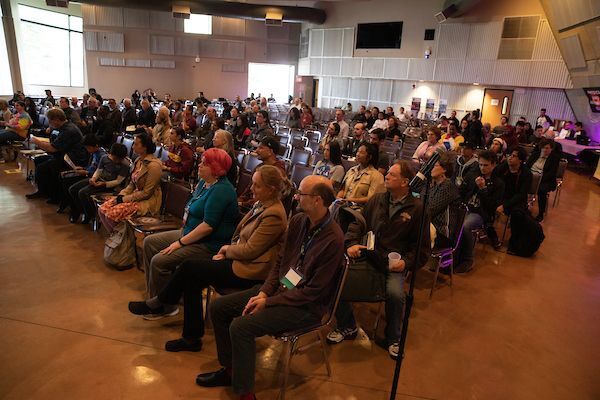
About the Project
On-the-Spot Feedback (OTSF) is a research-to-practice National Science Foundation (NSF) project led by the Astronomical Society of the Pacific (ASP), in collaboration with Oregon State University (OSU), the Portal to the Public network via the Institute for Learning Innovation (ILI), and the National Radio Astronomy Observatory (NRAO). We have developed a set of on-the-spot feedback strategies and professional development experiences to help scientists with their public engagement activities. These include effectively communicating science, monitoring audience interest and understanding, and using this information to make improvements to their outreach.
OTSF Guide – A primary product of the OTSF project is the 137-page PDF guide titled On-the-Spot Feedback: Tactics for Scientists (and Others!) to Improve Interactions with Public Audiences. Although this guide was developed with scientists in mind, the strategies and examples described can be used by anyone (including engineers, science hobbyists, museum educators, etc.) who communicates ideas to the public. The Guide comes in sections so readers can read those sections that are most relevant to their public engagement work.
Videos - We asked experts in science communications and public engagement to comment on the purpose, philosophy, and approaches embodied in the On-The-Spot Feedback Project. The result is a set of videos offering key insights from scientists who engage a wide variety of audiences in settings that include museums, youth programs, senior centers, festivals, and schools. These videos - covering topics such as why public science engagement is important, the importance of knowing your audience, and how to gather and use audience feedback - provide expert context in support of On-the-Spot Feedback.
Research & Evaluation - Important parts of the project are the Research and Evaluation efforts conducted by two separate partners on OTSF. The team from Oregon State University’s STEM Research Center led research efforts to better understand how using the OTSF approach changed the scientists, including their confidence and perceptions, while the team from J. Sickler Consulting led a process evaluation for the OTSF project and evaluated the uptake of the OTSF approach by the scientists and potential barriers they experienced.
Project Team - The Astronomical Society of the Pacific (ASP) led the project, in collaboration with Oregon State University (OSU), the Portal to the Public network via the Institute for Learning Innovation (ILI), and the National Radio Astronomy Observatory (NRAO). The page for the Project Team identifies individual team members from ASP, OSU, ILI, NRAO, and the project evaluators with J. Sickler Consulting.

